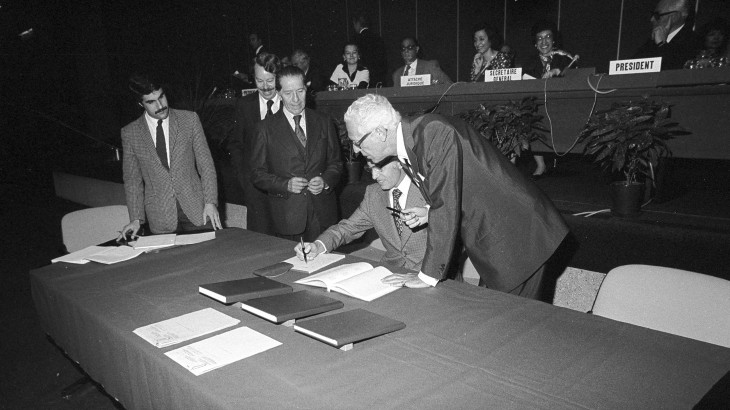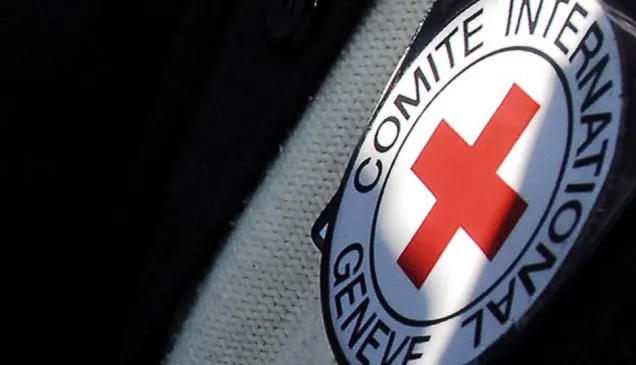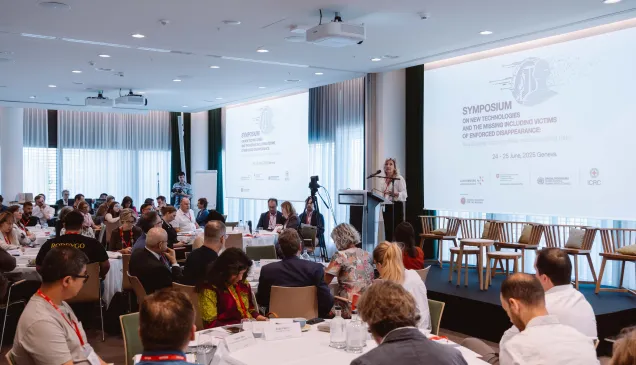The Additional Protocols at 40

On 8 June 2017, the Protocols additional to the Geneva Conventions of 1949 will turn 40. To mark this anniversary, the ICRC will throughout the year produce a number of publications and organize events in Geneva and in its delegations around the world to reflect on the practical relevance of the Additional Protocols today and discuss their humanitarian impact on the lives of people affected by armed conflicts.
In the two decades that followed the adoption of the four Geneva Conventions, the world witnessed an increase in the number of non-international armed conflicts and wars of national liberation. In response, the Additional Protocols were adopted by 124 States, including many newly formed countries, in 1977. The Protocols reaffirmed and developed the rules of international humanitarian law (IHL). They strengthened the protection of victims of international (Protocol I) and non-international (Protocol II) armed conflicts and placed limits on the way wars must be fought. Protocol II was the first-ever international treaty devoted exclusively to situations of non-international armed conflicts. Today, the Additional Protocols are among the most broadly ratified instruments in the world. Together with the Geneva Conventions of 1949, the Protocols form the foundations of IHL and are the cornerstone for the protection and respect of human dignity in armed conflicts. The Protocols were born out of the experience of war. The Additional Protocols still stand at the front line of contemporary conflicts, protecting civilians from the worst excesses of war and guiding parties to armed conflicts as they navigate new realities.
- ICRC Policy Paper on the impact and practical relevance of the Additional Protocols
- Conference on 8 June: "The Additional Protocols at 40: Upholding humanity in today's conflicts"
- "China: Forty years anniversary of Additional Protocols – a grand gathering of IHL experts"
- Statement by Philip Spoerri, Permanent observer of the ICRC to the United Nations
- ICRC's one pager on the Additional Protocols at 40
- The ICRC Library and Archives team's special edition of the international humanitarian law bibliography and audio recordings
Keep checking back here for more updates.
Find out more about the Additional Protocols
- Protocol I additional to the Geneva Conventions, 1977
- Protocol II additional to the Geneva Conventions, 1977
- Commentary on the Additional Protocols of 8 June 1977 to the Geneva Conventions of 12 August 1949
- ICRC's guiding manual to help States implement IHL
- Factsheet about the Additional Protocols
- Special issue of the International Review of the Red Cross for the 20th Anniversary of the Additional Protocols
- Q & A about the Additional Protocols
- ICRC's Rules of War page



